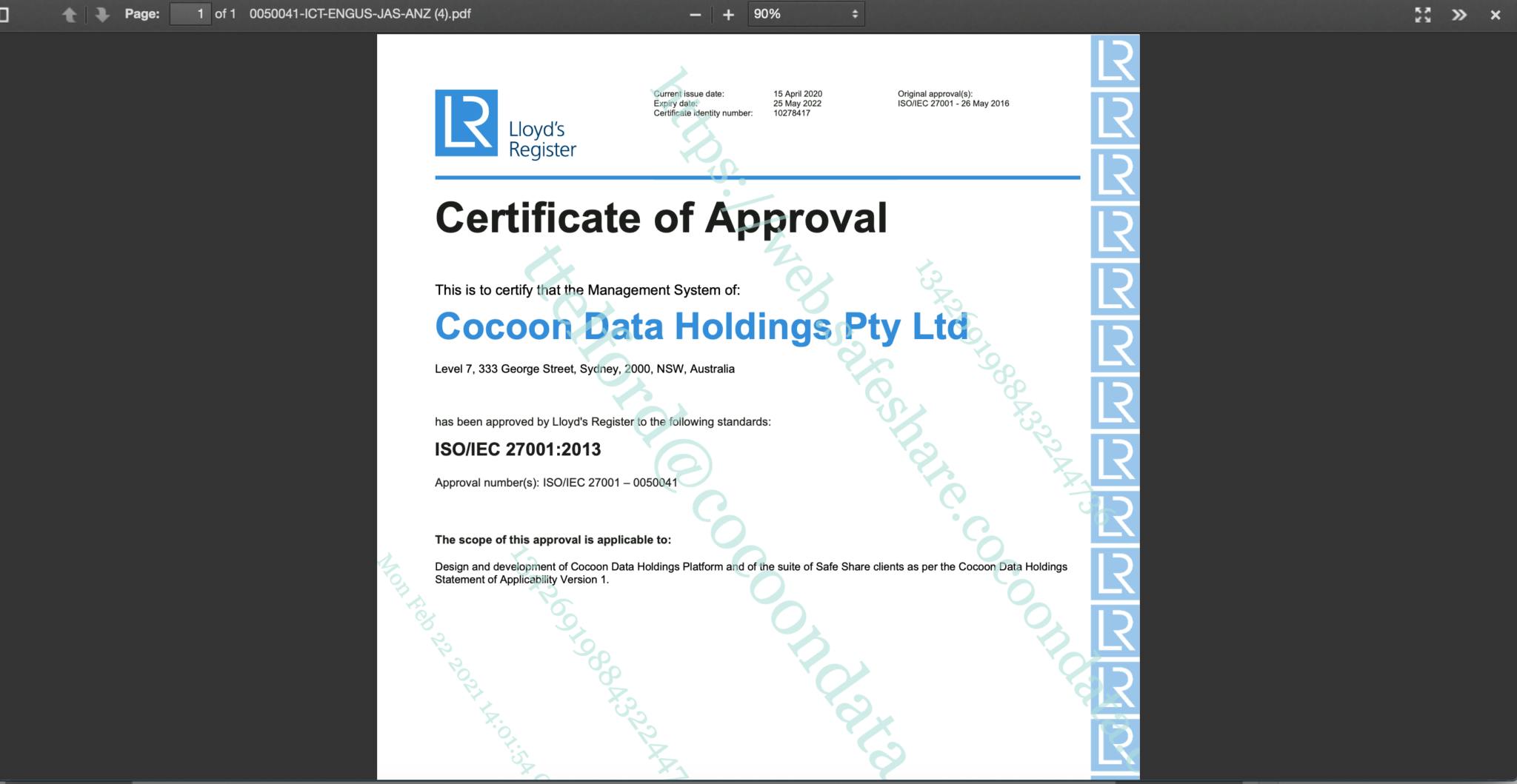How Cocoon Data uses dynamic watermarking to discourage collaborators from copying file views

In an era where data security is paramount, Cocoon Data has emerged as a leading provider of innovative solutions to safeguard sensitive documents. Their use of dynamic watermarking technology sets them apart from traditional approaches, offering a unique and powerful method for protecting confidential information. By assigning a distinct watermark to each collaborator, Cocoon Data ensures that leaked documents can be accurately traced back to their source. In this article, we delve into the workings of Cocoon Data's Content Viewer, the tool responsible for implementing dynamic watermarking, and explore its effectiveness in discouraging unauthorized information sharing. Additionally, we highlight the broad range of file formats supported by the Content Viewer, making it a versatile solution for organizations across various industries. Discover the cutting-edge security features offered by dynamic watermarking and how Cocoon Data empowers businesses to protect their valuable data assets.
Why does Cocoon Data use dynamic watermarking?
Dynamic watermarking is unique to every collaborator who has access to a sensitive document, whereas traditional watermarks have an identifier which remains static when the document is shared. With traditional watermarks it’s hard to accurately identify the source if a document is leaked.
Because Cocoon Data uses dynamic watermarking it gives them the unique ability to apply a dynamic watermark for each individual collaborator who will have access to a sensitive document.
Cocoon Data’s Content Viewer protects and facilitates this dynamic watermark, discouraging collaborators from screen grabbing or taking a photo of content. And it also allows the administrator to accurately identify the source of the original leaked document.
How does Cocoon Data’s Content Viewer work?
1. Cocoon Data’s watermark is dynamically created by the administrator of the document using the Content Viewer.
2. Once enabled, the Content Viewer generates a unique detailed identity profile for every single collaborator who will be receiving the sensitive document
3. This dynamic watermark is displayed on each collaborators screen, takes the form of a large semi-transparent text that consists of the following data:
- Email address of the currently signed-in collaborator viewing the file
- Cocoon Data Platform URL
- ID of the file/Secure Object
- The classification applied to the file by its owner (if applicable)
- Date/time when the file was viewed
4. Because the collaborator is unable to remove or alter this semi-transparent text it discourages collaborators from screen grabbing or taking a photo of content and provides a real time and permanentdigital history of file viewing.

What file formats does the Cocoon Data content viewer support?
| File-type category | Supported file formats (file name extensions) |
|---|---|
Image files | bmp, gif, jpeg, jpg, png |
Word processing/text documents | doc, docx, html, mhtml, odt, ooxm, rtf, xhtml |
Documents with static content | |
Presentation files | odp, pot, pyx, pps, ppsx, ppt, pptx |
Spreadsheet/data files | csv, ods, xls, xlsb, xlsm, xlsx, xltm, xltx, xlxm |
Want to experience the security of dynamic watermarking yourself?
You too can experience the security of dynamic watermarking by taking up the-no-obligations Cocoon Data trial.
Contact us to find out more.